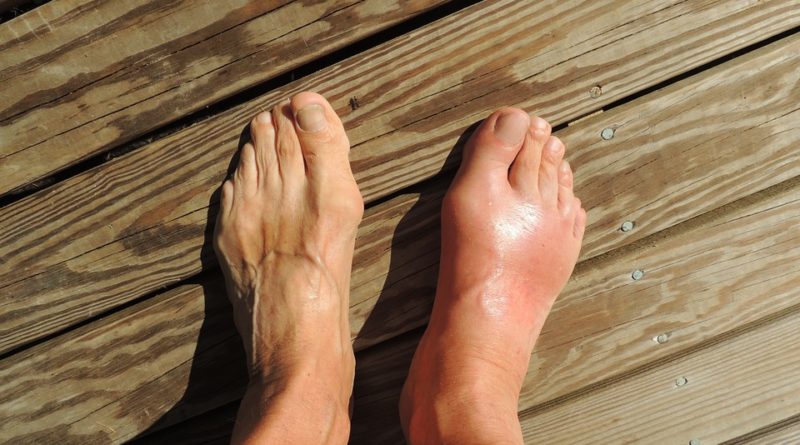5 Ways To Reduce Ankle Swelling or Edema
Irrespective of whether you are injured from sports or overexertion, the immune system of your body responds well to swelling and inflammation. The body usually rushes the white blood cells, proteins, antibodies and other fluids to the injury as an inflammatory response. The outcome of this is inflammation and swelling.
Today the market is full of remedies that you can check out for a faster relief even and you would not believe that you can also freely move around with the help of edema boots.
The damaged tissues are well protected from further injuries with the production of excess fluids. It is very crucial to do the things that would help control the process although a certain amount of swelling is unavoidable. The following are the reasons behind this:
- The healing process would slow down with too much swelling
- The injury area will swell more when the inflammation is left untreated.
- Excessive swelling can limit your range of motion and can be quite uncomfortable.
Ways To Reduce Swelling From Injury:
You can control the body’s natural inflammatory responses through methods that are available today. The following are five tips in which you can control the pain as well as reduce swelling:
1. Ample Rest
Once your body part is injured it can tend to swell more and blood rushes to the injured area and when you are moving around the damaged cells are irritated. For example, there might be an additional excess fluid buildup as your body continues to protect the damaged cells once you try walking after an ankle sprain. It is usually a good idea to rest the area for at least a few days although it might be tempting enough to continue your normal activity after an injury. If you still cannot resist going around it is recommended to wear your mens edema boots that will provide you enough comfort.
2. Cold Therapy
The swelling can be reduced with the restriction in the blood flow to the area that slows down the metabolism once you apply cold immediately after an injury here. It is better for you to use ice packs, cold therapy systems, ice baths as well as cryotherapy chambers as this delivers cold feel to the area that is affected.
3. Compressions
You will restrict the flow of blood as well as other fluids once you apply pressure to the injured part. The static bandages, elastic bandages or cold and compression devices help in alot for the application of a compression. You need to adjust the pressure that is necessary to make sure that they provide enough compressions without being too constrictive while you are using static or elastic bandages. You should also adjust the bandages accordingly as the swelling increases and decreases here. Make sure that you move around your place wearing men’s edema slippers.
4. Elevation
This would simply mean less swelling when you are elevating an injury that is above the level of the heart contributing to reduced blood flow. It is very important to keep the legs elevated while you are seated or reclining so that excess fluid does not collect around.
5. Medication
To reduce the inflammation in the body alleviating pain of an injury the non steroidal anti-inflammatory drugs such as ibuprofen can help in a lot. All you need is to follow the dosage guidelines that your doctor has provided you.

